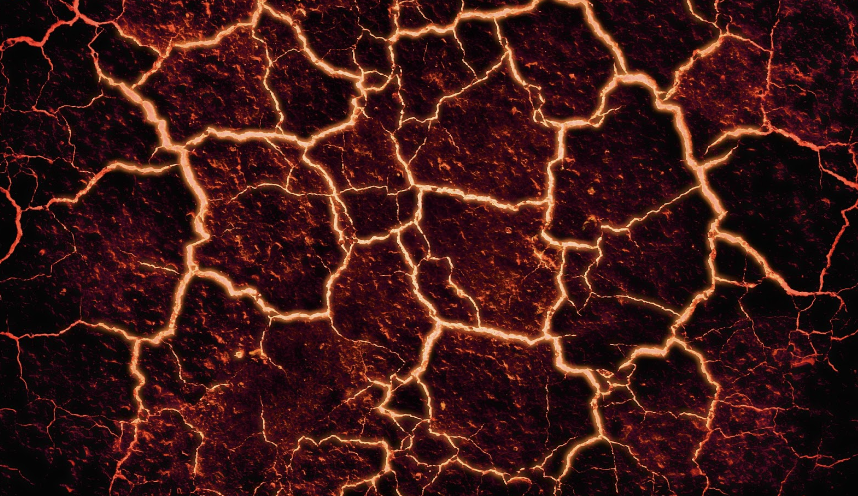
[객원 에디터 3기/ 장석현 기자] Hawaii is made up of a total of 137 islands, all of which were formed by volcanic activities. It also houses 15 active volcanoes, and scientists from the University of Hawaii Manoa and NASA have made thousands of unexpected findings regarding ancient bacteria and microbes dwelling beneath these extreme environments.
Researchers collected microbe samples from 70 different sites across Hawaii — specifically at the caves and fumaroles through volcanic gases escaped. These microorganisms capable of living in such hot geothermal environments are named ‘thermophiles’. After examining samples collected from Hawaii between 2006 and 2009 and 2017 and 2019 and sequencing for ribosomal RNA, scientists discovered a surprising diversity of bacterial interactions.
The researchers concluded that these bacteria belonged to the class of chloroflexi, classified as ‘hub,’ or keystone species. Nonetheless, scientists are still in the process of identifying their specific ecological roles.
Additionally, many of these findings left the scientists with many unanswered questions. Generally, for older lava tubes between 500 to 800 years old, more diverse microbial populations were discovered. For tubes aged 400 years and less—ones that remain geothermally active—less diverse populations have been recorded. Microbiologist Rebecca Prescotts of the University of Hawaii Manoa postulated whether the extreme environment could have induced more complex microbial interactions with higher interdependencies due to lower diversity and suggested an investigation into which specific properties of such extreme environments catalyzed this.
Researchers also began to identify the importance of studying these bacteria in so-called ‘co-cultured environments.’ These ancient microbes, which made diverse connections and interchanged chemical signals, are thought to alter their gene expressions. Thus, cooperation is a highly significant aspect for investigating these bacteria.
Despite extensive progress, these bacteria continue to be little understood and must be further examined. Still, bacteria from such extreme environments are expected to provide hopeful insights into life on the dry, hot surface of Mars and provide potential industrial applications within the fields of biotechnology and sustainable resource management.
Sources: SciTechDaily, Nation-News, Science-Alert, bgr.com





